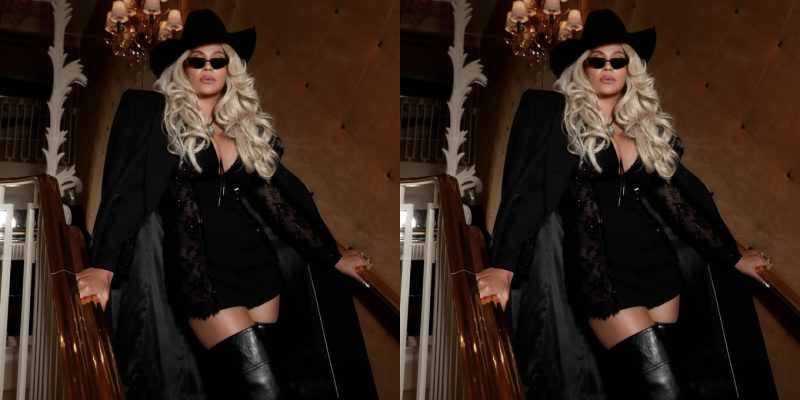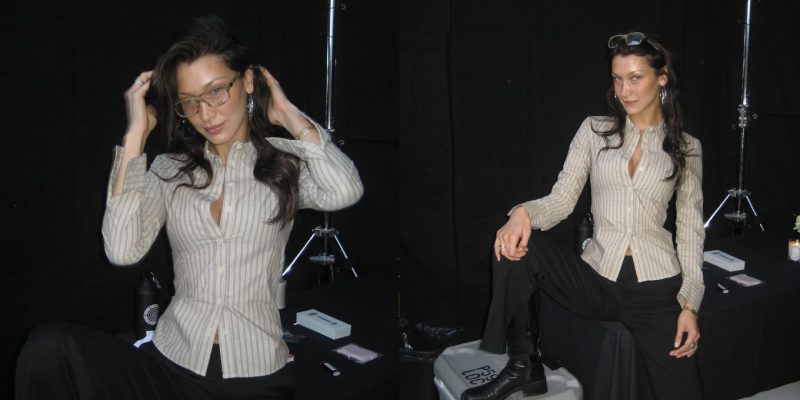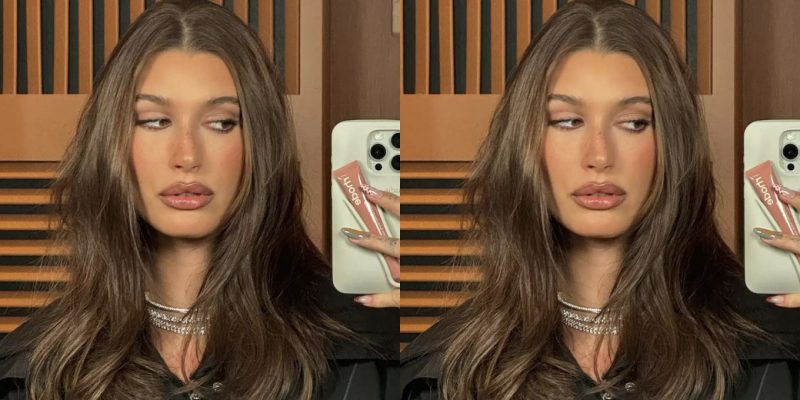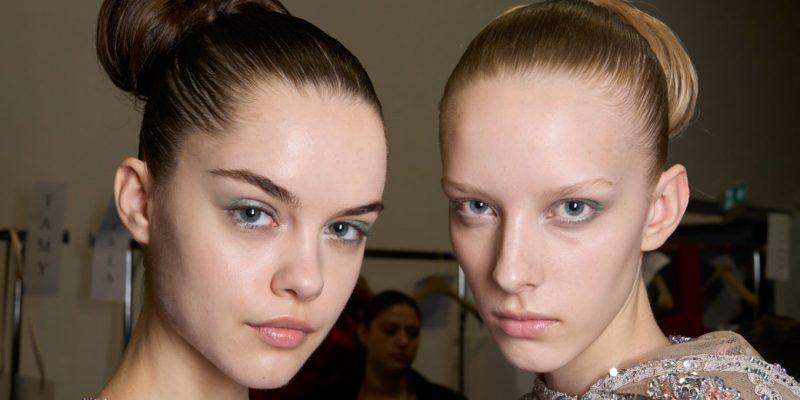Hair
Why you love the scent of your hair products. So. Much.
An ode to hair product scents as memorable as your favourite perfume.
by : Amy Verner- Nov 17th, 2015
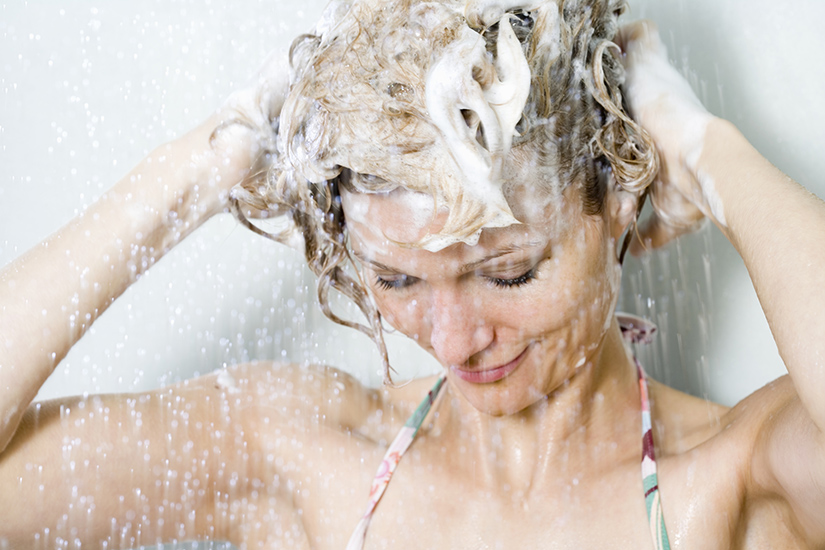
The first time I went backstage at Fashion Week was for the Paris haute-couture collections, but I could have been in my mother’s marble bathroom in Toronto. Caught in a swirl of models, photographers and the instantly identifiable scent of L’Oréal Paris Elnett Satin Hairspray, I was transported away from the frantic hairstylists, with their arsenal of tins, back to the countless times I’d seen—and smelled—my mother mist her hair with the brassy aerosol canister during the final step of her toilette. I remembered the many beloved family trips to Europe (before Elnett was available in Canada), where it would be my mother’s only non-negotiable purchase.
Name-dropped by fashion and film stars alike, Elnett has earned cult status thanks to its non-stick, long-lasting hold and chic female illustration on the elongated tin, nicknamed “the golden goddess.” But the hairspray’s true claim to fame is its scent—a bourgeois, powdery, perfumed smell with aldehydic notes. Though hard to describe, it often draws favourable comparisons to Chanel No. 5. It’s a unique scent that stays with you.
READ MORE: The right way to spray perfume in your hair
A hair product that is inextricably linked to an enduring scent is something akin to the holy grail for beauty companies. Like me, I’m sure you’ve experienced the link between scent and memory via perfume, and you’ve probably also read accounts—whether as consumer research or a plot line in fiction—that back this up. Biology does too: The area of the brain in charge of processing our senses is also responsible, in part, for storing emotional memories. This means that even more than performance, fragrance serves as an entry point to the products we use in our hair.
“Teenage girls often go to school with their hair wet; their shampoo is the way they perfume themselves,” says Dawn Goldworm, a New York-based fragrance-industry expert who has created scents for perfume powerhouses like Coty and Avon. “Shampoo is a huge part of olfactive identification at that age, so when we, as adults, smell similar products, it brings us right back to high school.” Scent acts as a built-in word-of-mouth marketing tool. Someone tells you that your hair smells fantastic and you’re apt to reply with the name of the product responsible.
READ MORE: Your guide to perfect holiday braids
Think back to the last time you shopped for a new shampoo; chances are you discreetly lifted the cap to smell the contents. And when you experience a Proustian moment upon sniffing a commuter’s Pantene-infused hair flick during an early-morning subway commute, you are simply connecting a pleasant scent with proper hygiene, says Goldworm. “The association is that your hair is clean, that it’s fresh, that you’ve just showered. All of these things are positive reinforcements based on smell.”
The association may seem arbitrary, but Adrian Corsin, director of hair-care development at L’Oréal Professionnel in Paris, says that consumer testing suggests that a floral-fruity combination is “the winning combo in terms of communicating both cleanliness and pleasure.” Here, the reason may be a matter of conditioning (not to be confused with conditioner!). The scent of apple rates high in the perception of cleanliness and hygiene.
READ MORE: How to create (or fake) the perfect eyebrow
Floral notes, on the whole, have come to connote sophistication. Consequently, explains Corsin, the floral-fruity template is pretty much the industry norm, particularly with shampoos. “It’s quite difficult to propose something outside the realm of the floral-fruity code,” he says. As a styling product, Elnett has an advantage over these constraints, adds Corsin. “You can be a bit more sophisticated and adventurous,” he says. “Styling is ‘fashion,’ so you have less of a need to communicate a hygienic benefit.”
Put another way, Pantene has remained a bestseller because it is familiar and inclusive, whereas such niche brands as Oribe and Moroccanoil have tapped into the notion that hair fragrances can telegraph a luxurious and seductive olfactive personality. When celebrity hairstylist Oribe decided to launch a line of namesake products in 2008, he enlisted one of the venerable French fragrance houses to develop a high-end harmony of citrus, floral and woody notes, resulting in what Jessica Friedman, vice-president of product development, calls a “strong part of the DNA and brand identity.” The fact that women brag about using Oribe’s dry texturizing spray in lieu of perfume explains, at least in part, why the brand introduced a “hair refresher” followed by two eaux de parfum (as in, for the skin) based on the hair line’s scent.
READ MORE: The modern way to wear seductive scents
Moroccanoil, which has a unique, instantly identifiable signature scent, is among the few brands that hold a registered fragrance trademark. Canadian co-founder Carmen Tal would not reveal any specific notes, aside from “a little musk here, a little floral there, a hint of spice,” but says that the combined scent transports wearers to the Mediterranean. “Our goal was to capture the essences of the sand, the sea and the breeze,” she explains via email, adding that the brand wanted to provide a sense of well-being as well as high performance with its hair products. The development of the scent has been so successful, she adds, that people can instantly recognize Moroccanoil products, thereby enhancing the brand identity. The brand now offers scented candles as well as body products.
Pantene, meanwhile, has taken its own version of a sensorial journey, subtly tweaking its scent to coincide with fragrance trends. Rolanda Wilkerson, a principal scientist with the brand, points out that the popular original formulation was much headier with jasmine in the ’80s than it is today. Of course, back then, blockbuster scents (Poison, Opium) were unapologetically aggressive. If consumers don’t notice the update, the brands have succeeded. “We design our scents to be memorable over time but with a consistency of the main notes,” she says, citing blackberries, plums, violets, orchids and warm woods in descending order from top to base notes.
READ MORE: 15 life-changing beauty innovations
The notes used in hair products have changed over time for good reason, says veteran hairstylist Howard McLaren. The former creative director of Bumble and Bumble—who recently formed a collective with high-profile contemporaries Garren and Thom Priano called “R Co”—points out that hair scents, like perfumes, are always evolving thanks largely to the functional components. Base ingredients today tend to be lighter so that the functional purpose of a hair fragrance—to mask the aerosol, wax or cleansing agents—is less critical than the visceral impact. And, of course, “it has to have that emotional content,” says McLaren. When he cites his mother’s Elnett as his most resonant hair-scent memory, the universality of the phenomenon jells. “The world doesn’t need another shampoo.But [it] needs something to get excited about.”
And hair care just so happens to be a category in which brand identity and personality identity blur to cast an elusive, enduring spell. “Maybe it’s just me,” says Friedman, “but when you lean in and get a whiff of someone’s hair, it’s such an intimate moment. You’re getting a little secret of theirs. Sometimes you get that from skin; but with hair, it’s almost a little
romantic.”
READ MORE:
Behati Prinsloo talks beauty, travel and her favourite scents
9 tips for getting (and keeping) perfect party makeup
10 essential red lipsticks for the holidays
Newsletter
Join our mailing list for the latest and biggest in fashion trends, beauty, culture and celebrity.
Read Next

Fashion
H&M's Latest Designer Collab With Rokh Just Dropped (And It's So Good)
We chatted with the emerging designer about the collaboration, his favourite pieces and more.
by : Melissa Fejtek- Apr 18th, 2024

Culture
5 Toronto Restaurants to Celebrate Mother’s Day
Treat your mom right with a meal at any of these amazing restaurants.
by : Rebecca Gao- Apr 18th, 2024
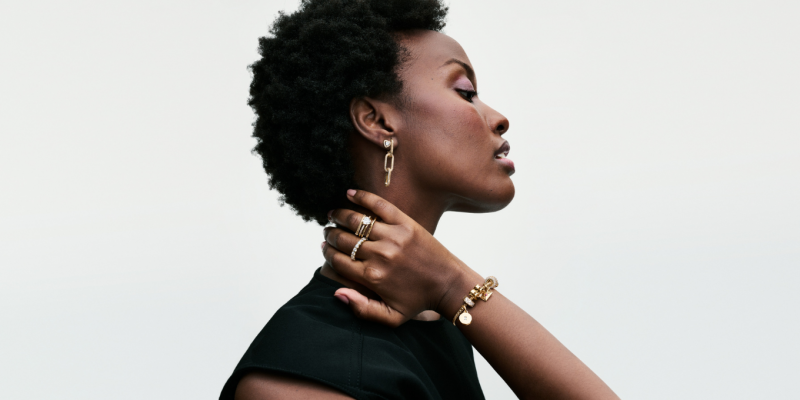
Fashion
This Jewellery Brand Has a Whole New Look And It’s Everything
Here are the seven pieces we’re coveting.
by : ELLE Canada- Apr 10th, 2024

